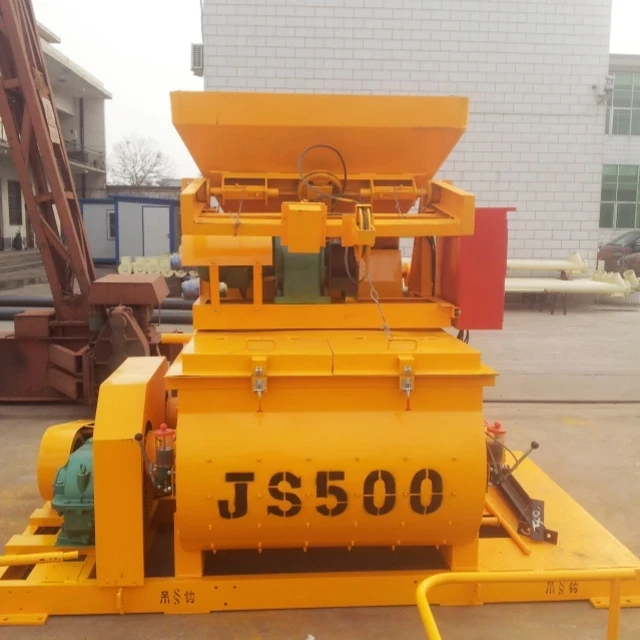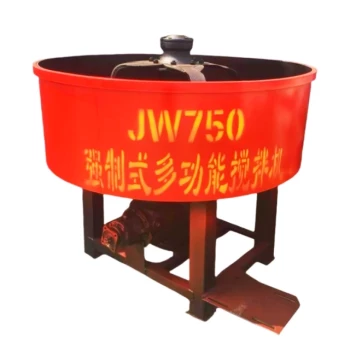Concrete mixers are essential in construction, but their heavy loads and constant motion demand reliable braking systems. A single brake failure can lead to catastrophic accidents, costly downtime, or regulatory penalties. This guide provides a step-by-step protocol for testing both handbrakes and footbrakes, aligns with industry safety standards, and offers preventative maintenance strategies to keep your equipment—and crew—safe.
Brake System Integrity in Concrete Mixers
The Critical Role of Dual Braking Systems
Concrete mixers rely on dual braking systems (handbrakes and footbrakes) as a fail-safe. The footbrake handles primary stopping power during operation, while the handbrake secures the mixer when parked. Testing both ensures redundancy—critical when hauling heavy loads on uneven terrain.
Why dual systems matter:
- Footbrakes must respond instantly to sudden stops.
- Handbrakes prevent rollaways, especially on inclines.
- Combined, they comply with OSHA 1926.601(b)(4) and ANSI/SAIA A92 standards, which mandate functional dual brakes for mobile equipment.
Ever wondered why some mixer accidents occur even with "functional" brakes? Often, it’s uneven wear or delayed response times—issues detectable through systematic testing.
Step-by-Step Testing Procedures
1. Pre-Test Inspection
- Visual Check: Look for leaks, frayed cables, or worn pads.
- Fluid Levels: Low hydraulic fluid can reduce braking force.
- Tire Chocks: Use them during tests to prevent unintended movement.
2. Footbrake Testing
- Response Test: Drive the mixer at 5 mph on flat ground. Apply the footbrake firmly—stopping distance should not exceed 3 meters (per ANSI benchmarks).
- Load Test: Repeat with a full load. Increased stopping distance signals worn components.
3. Handbrake Testing
- Slope Test: Park on a 15° incline. Engage the handbrake. The mixer should not roll.
- Drag Test: Drive slowly while lightly applying the handbrake. Uneven resistance indicates misalignment.
4. Post-Test Verification
- Check for overheating (smell or discoloration), which suggests friction issues.
- Document results for compliance audits.
Compliance with Industry Standards
- OSHA 1926.601(b)(4): Requires "two separate means of braking" for motorized equipment.
- ANSI/SAIA A92: Specifies stopping distance and slope stability thresholds.
- EU Machinery Directive 2006/42/EC: Mandates regular brake testing for CE-marked mixers.
Pro Tip: Keep a checklist aligned with these standards to streamline inspections.
Maintenance and Risk Mitigation
Identifying Common Brake System Failures
- Hydraulic Leaks: Puddles under the mixer or spongy pedal feel.
- Worn Pads: Squealing noises or longer stopping distances.
- Corroded Cables: Stiff handbrake levers or partial engagement.
Did you know? Over 60% of brake failures stem from ignored minor symptoms, like slight pedal vibration.
Preventative Maintenance Best Practices
-
Weekly Checks:
- Measure pad thickness (replace if under 3mm).
- Test brake fluid viscosity (replace if contaminated).
-
Monthly Deep Inspections:
- Disassemble drum brakes to check for grease contamination.
- Calibrate sensors on electronic braking systems.
-
Long-Term Strategies:
- Use high-temperature grease to reduce wear.
- Train operators to avoid "riding" the brake pedal.
For Garlway mixers, prioritize OEM parts to maintain warranty coverage and compatibility.
Key Takeaways and Actionable Advice
- Test brakes monthly—more frequently under heavy use.
- Document every inspection to prove compliance during audits.
- Invest in training; even the best brakes fail if misused.
A well-maintained braking system isn’t just about compliance—it’s about protecting lives. By adopting these protocols, you ensure your mixer operates safely, avoids costly repairs, and stays within legal requirements.
Need reliable replacement parts? Explore Garlway’s durable brake components designed for construction machinery.
Related Products
- JDC350 Small Cement Concrete Mortar Mixer
- HZS90 Large Multiquip Concrete Mixers for Construction
- Construction Products Concrete Plant Machine Mixing Concrete Mixer
- Auto Concrete Cement Mixer Machine New
- Commercial Construction Mixer Machine for Soil Cement Mixing Concrete
Related Articles
- Cement Mixer Hacks: When Innovation Meets Industrial Reality
- How Concrete Mixers Achieve Perfect Homogeneity for Stronger Structures
- How to Repurpose Cement Mixers for High-Efficiency Farm Material Processing
- How to Choose Concrete Mixers for Long-Term Reliability and Cost Savings
- How Ignoring Concrete Mixer Manuals Endangers Workers and Invites Legal Consequences














